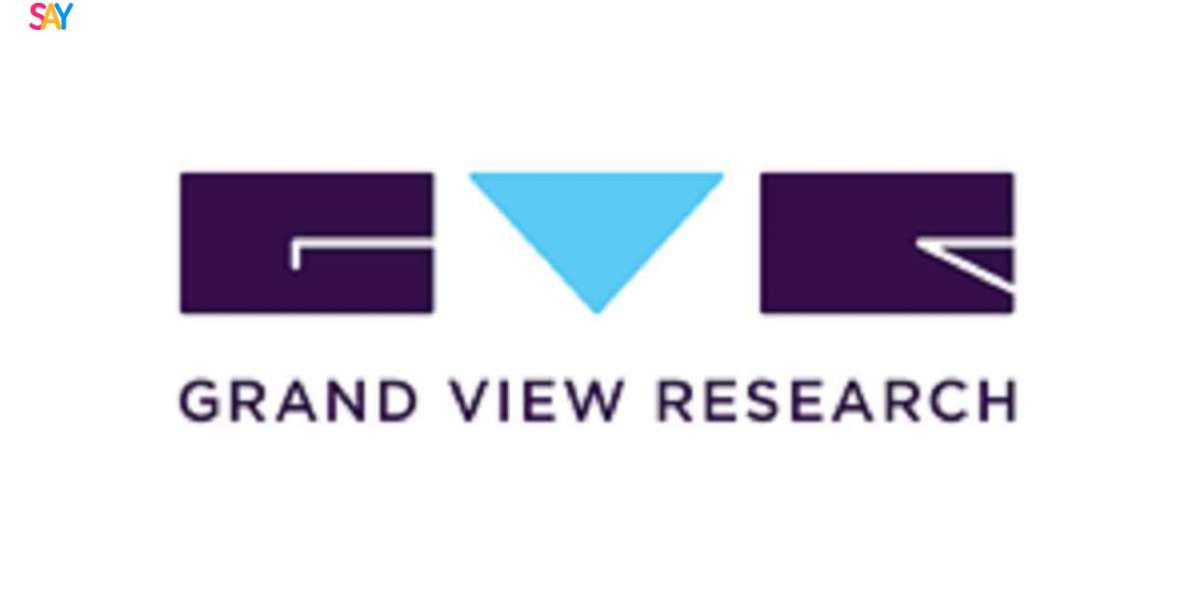The global plastic packaging market is projected to reach USD 492.3 billion by 2030, according to a new report by Grand View Research, Inc. The market is anticipated to grow at a compound annual growth rate (CAGR) of 3.5% from 2024 to 2030. This growth is primarily driven by the rapid expansion of sectors such as food and beverages, personal care, industrial, and pharmaceuticals. Additionally, the increasing penetration of organized retail and e-retail worldwide is expected to further fuel the market's growth.
The most commonly used materials in plastic packaging include Low-density polyethylene (LDPE), Polypropylene (PP), High-density Polyethylene (HDPE), and Polyethylene Terephthalate (PET). These materials are favored for their strong barrier properties against moisture, low cost, lightweight nature, and versatility in creating packaging products such as bottles, jars, trays, containers, wraps, films, and pouches. In response to growing consumer demand for sustainable products, manufacturers are increasingly turning to recycled plastic resins to produce plastic packaging items, contributing to a more eco-friendly market.
The food and beverage industry has been the largest revenue generator in the plastic packaging market. Changing lifestyles, particularly the increasing demand for convenience, have led to the rise of single-serve products. These products, which include items such as trays, containers, tubs, wraps, pouches, and films, have seen widespread use in packaging ready-to-eat meals, convenient food products, frozen meals, both carbonated and non-carbonated beverages, and snack foods. The transparency, lightweight nature, aesthetic appeal, and strong barrier properties of plastic packaging make it particularly popular in this sector.
In addition to food and beverages, the pharmaceutical industry is a significant driver of plastic packaging demand. Packaging products like jars, syringes, blisters, rigid bottles, and pouches are commonly used to package a range of pharmaceutical products, including liquids, semisolids, solids, and powders. In developing countries such as China, India, Mexico, and Brazil, the pharmaceutical sector is experiencing robust growth due to a greater focus on improving life expectancy and healthcare access. This has further accelerated the demand for plastic packaging in these regions.
The demand for rigid plastic products is also expected to increase, particularly for their superior functionality in offering protection to packaged goods. Plastic, composed of long polymer chains, is durable and resistant to breakage, making it ideal for products that require extra protection. In particular, the healthcare and food and beverage industries are driving the demand for rigid plastic packaging due to the need to safeguard medicines and maintain the integrity of food products. This trend is expected to contribute to the growth of the rigid plastic packaging segment during the forecast period.
Get a preview of the latest developments in the Plastic Packaging Market? Download your FREE sample PDF copy today and explore key data and trends.
Frequently Asked Questions (FAQ) – Global Plastic Packaging Market
1. What is the projected size of the global plastic packaging market by 2030?
The global plastic packaging market is expected to reach USD 492.3 billion by 2030.
2. What is the expected growth rate of the plastic packaging market from 2024 to 2030?
The market is anticipated to expand at a CAGR of 3.5% from 2024 to 2030.
3. What are the main factors driving the growth of the plastic packaging market?
The growth of the plastic packaging market is fueled by:
• The rapid expansion of sectors such as food and beverages, personal care, industrial, and pharmaceuticals.
• The increasing penetration of organized retail and e-retail globally.
4. Which materials are most commonly used for manufacturing plastic packaging products?
Commonly used materials for plastic packaging include:
• Low-density polyethylene (LDPE)
• Polypropylene (PP)
• High-density polyethylene (HDPE)
• Polyethylene Terephthalate (PET)
5. How is sustainability influencing the plastic packaging market?
With growing consumer demand for sustainable solutions, manufacturers are increasingly using recycled plastic resins to produce plastic packaging. This shift helps reduce environmental impact and meets consumer preferences for eco-friendly products.
6. Which sector accounts for the largest revenue share in the plastic packaging market?
The food and beverage industry holds the largest revenue share, driven by the demand for packaging of ready-to-eat meals, beverages (both carbonated and non-carbonated), frozen meals, and snacks.
7. Why is plastic packaging preferred in the food and beverage industry?
Plastic packaging is favored in the food and beverage industry due to its:
• Transparency
• Lightweight nature
• Aesthetic appeal
• Strong barrier properties
• Affordability
8. How is the pharmaceutical industry contributing to the growth of the plastic packaging market?
The pharmaceutical industry uses plastic packaging such as jars, syringes, blisters, and rigid bottles to pack a variety of products like liquids, powders, and semisolids. The growth in developing countries, due to increased focus on healthcare and life expectancy, has boosted the demand for plastic packaging in this sector.
Order a free sample PDF of the Plastic Packaging Market Intelligence Study, published by Grand View Research.




